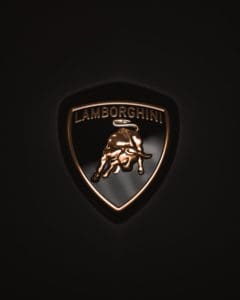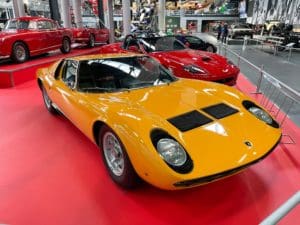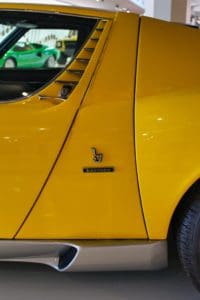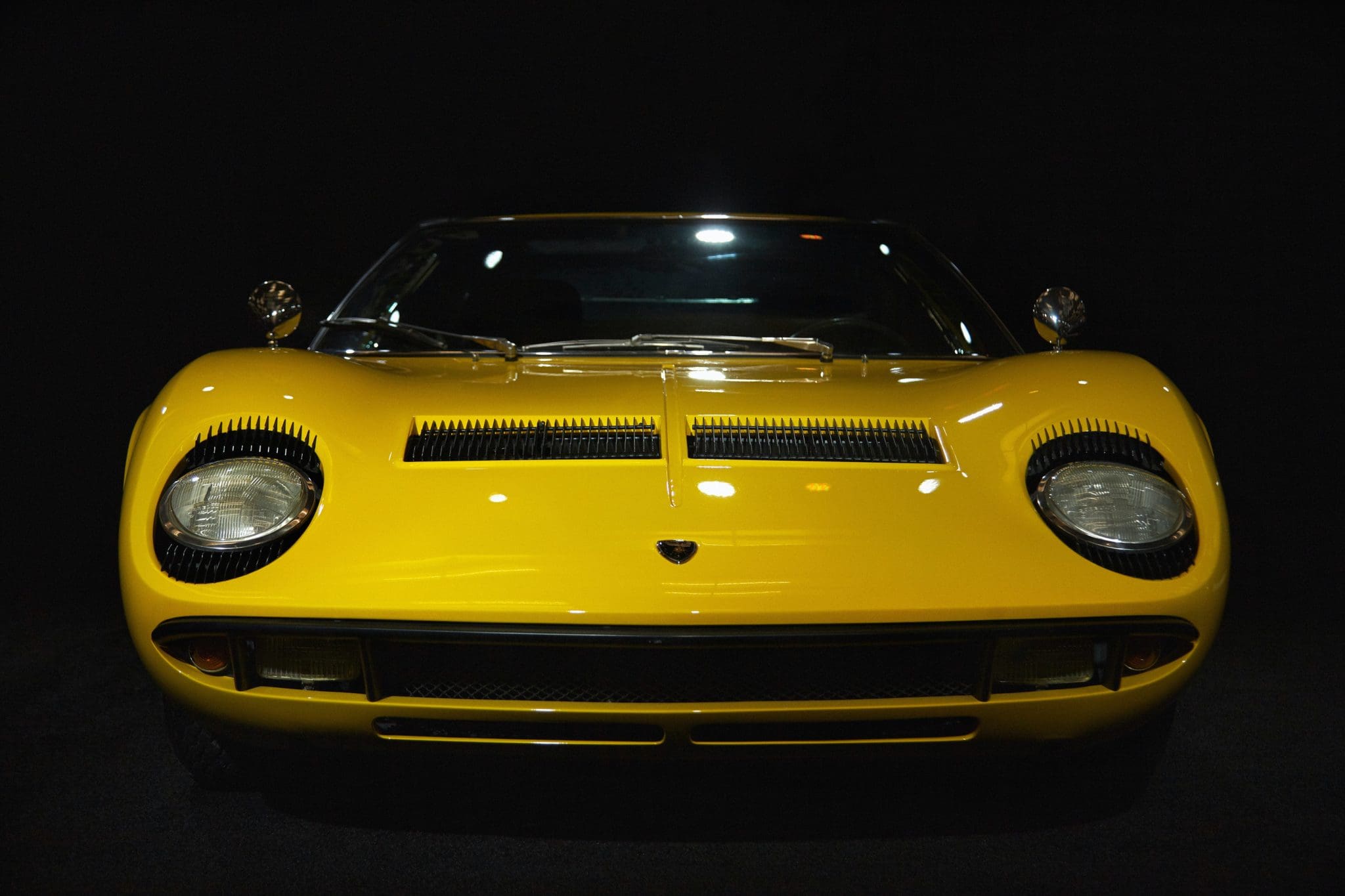The term ‘Supercar’ has probably been around for over 100 years. Today, the name conjures images of high performance, luxurious vehicles with outrageous looks and a price tag to match. Cars built in the 1920’s were not really fitting of the name.
In the 1950’s high performance cars such as the Mercedes 300SL and the Chevrolet Corvette C1 were getting closer to what we might think of as supercars, but it was the 1960’s when cars really started to get super.
Originally designed in 1961, Jaguar’s E-Type is one of the most iconic and legendary cars of all time. The E-Type was groundbreaking for its time – it was the first car to use a V12 engine, and it was also the first car to use all-aluminium construction.
Today, Jaguar’s E-Type remains one of the most beautiful cars in the world and you can usually pick one up for under £200,000. However, while the E-Type is a thing of beauty, it’s not extreme enough to be the first supercar. That title goes to the Lamborghini Miura P400!
The Birth of the Miura
In 1966, Ferruccio Lamborghini challenged his engineering team to develop a new car that would surpass Ferrari and all other competitors in both performance and style. The result was the Miura – named after its birthplace: the estate of Don Eduardo Miura in Seville (Spain).
Not only was the Miura faster than its rivals but was also superior in terms of looks. It had sloping rooflines, double side exhaust pipes and a triangular rear end – something no other car had at that time.
The mid engined Miura P400 had an impressive top speed of 285 km/h (177 mph) and acceleration to 100 km/h in just 5 seconds! Not really a surprise considering Miura was designed specifically for use in endurance racing.
Unlike Ferrari, Ferruccio Lamborghini found the costs of developing both race and road cars somewhat extortionate so the company focused on creating road cars only.
The Miura debuted at the 1966 Geneva motor show, however, the prototype that was displayed had only been finished days before the event. Unfortunately the engine didn’t fit. To fix this unfortunate design error weights were added to the engine cover to keep it closed during the exhibition.
The original concept had no fixed headlights or indicators; instead, it was equipped with retractable flap units that were activated by vacuum pressure when necessary. All this set against an interior trimmed with Connolly leather and walnut veneer gave it an unmistakable look.



Celebrity Status
To further cement the Miura’s place as the world’s first supercar, the car proved to be a status symbol just as Lamborghinis of today. Rod Stewart and Frank Sinatra both owned a Lamborghini Miura P400 S. US rocker Eddie Van Halen also had a Miura and the car’s V12 engine being revved is featured in Van Halen’s 1984 hit song ‘Panama’.
A Miura was also used in the opening chase scene for the classic The Italian Job movie. The car used in the 1969 film has been fully restored by Lamborghini’s own factory restoration program, called Polo Storico.
There were only 764 Miuras manufactured between 1966 and 1972, with only around 400 still surviving today making it one of the rarest and most sought after supercars in the world.
Of course Lamborghini is now synonymous with supercars, producing many iconic models over the years. The 1970’s brought us the Lamborghini Countach, in the 90’s the Diablo VT Roadster. This century has seen the beautiful and extremely fast Lamborghini Gallardo Superleggera and the Veneno.
Today Lamborghini, now part of the VW Group, is still a maker of fast and furious supercars with models such as the Aventador and Huracan still turning heads with their power and beauty, but it all began with the Miura.


